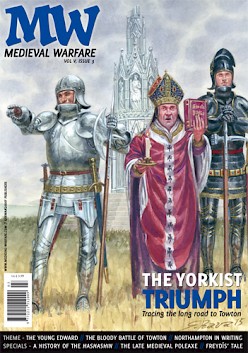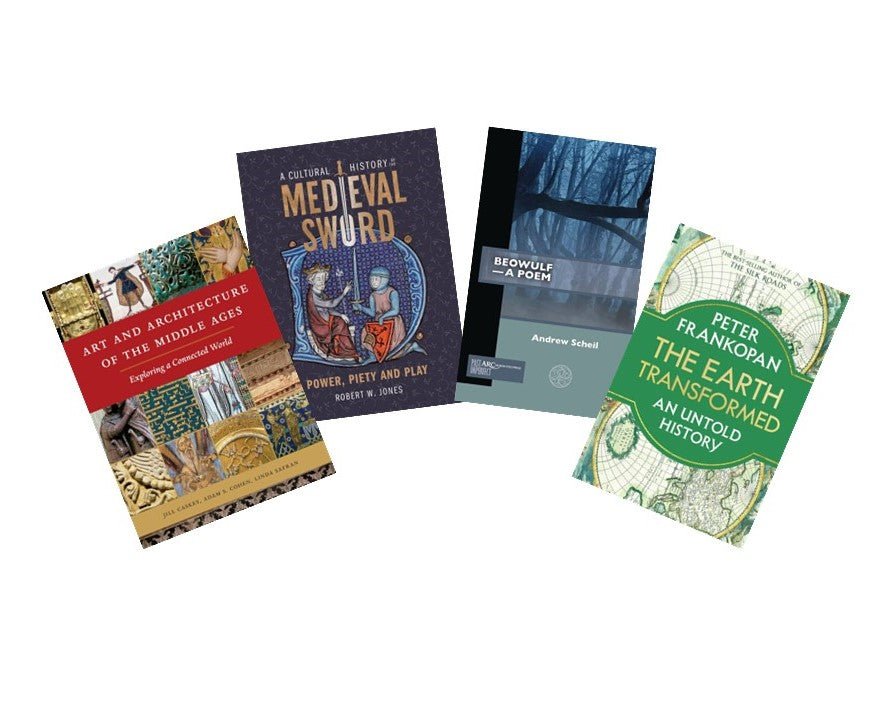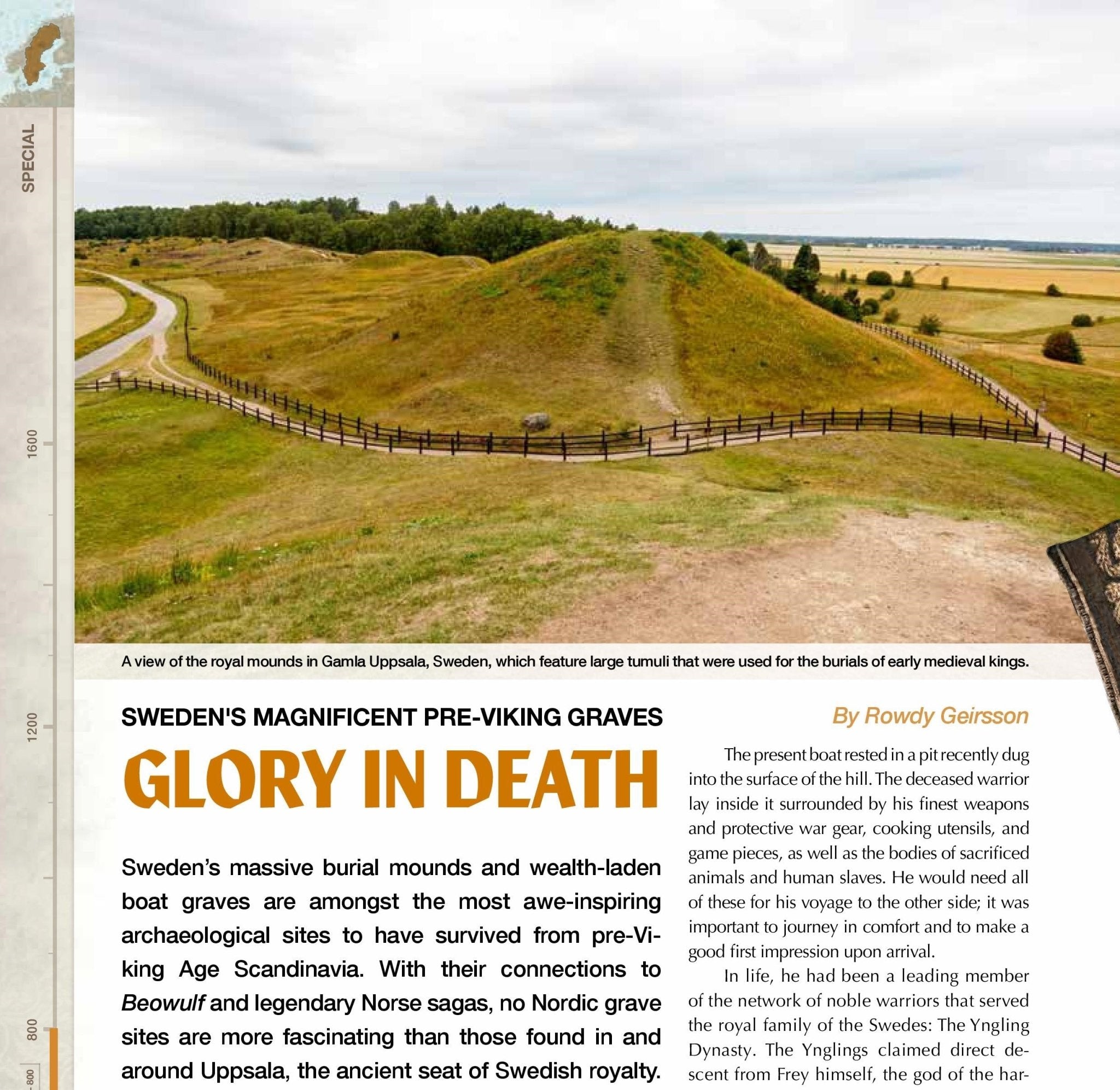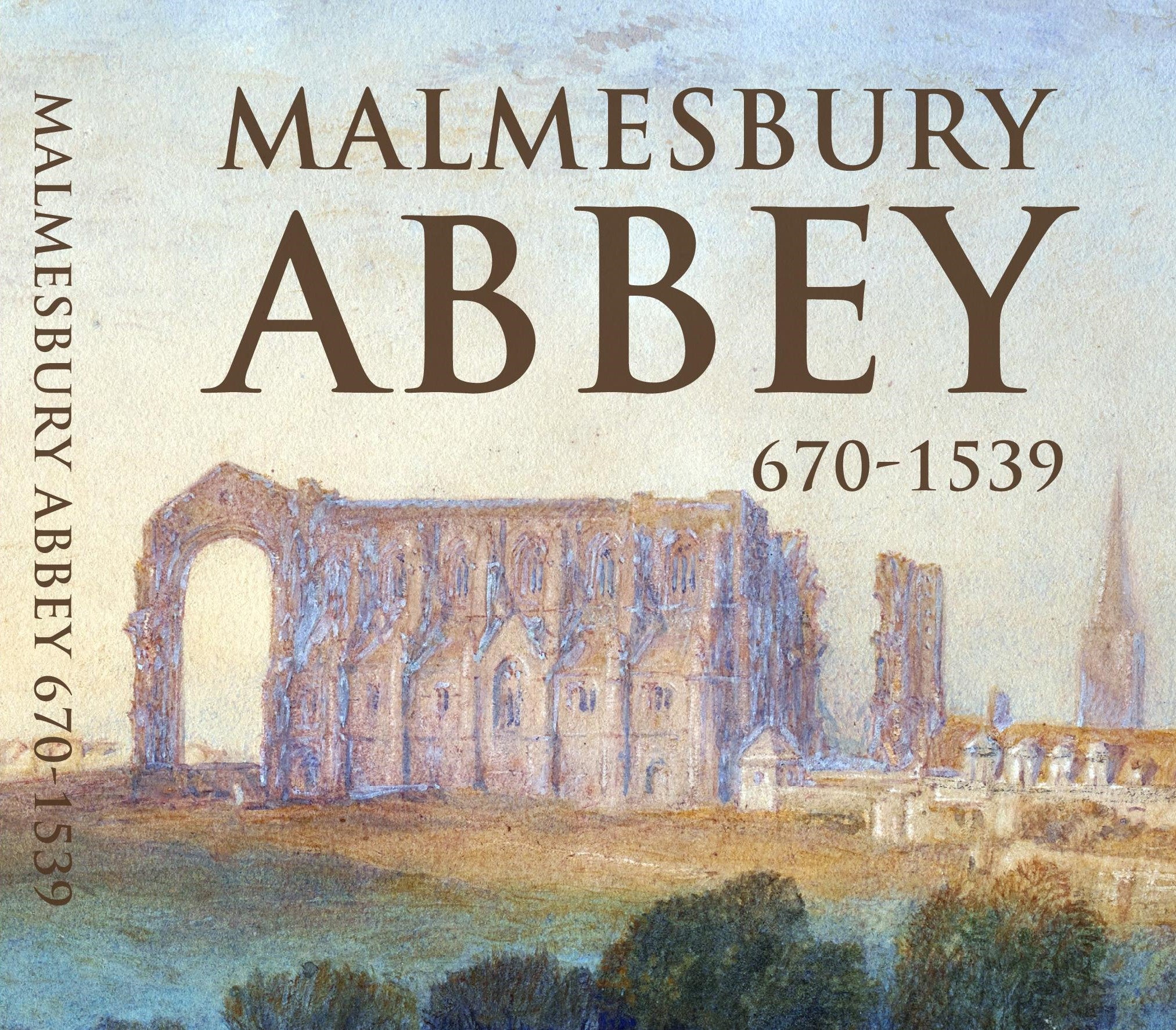Two Accounts of the Battle of Northampton in 1460
One of the most important clashes of the Wars of the Roses, the Battle of Northampton was an important victory for the House of York, and would lead into a series of battles that would end with a new king being crowned in Edward IV.

The events of the battle, which took place on July 10, 1460, have been covered by several chronicles from the period, two of which have been recently edited and translated. The first is John Stone’s Chronicle, which covers the years 1417 to 1472. The monk, who was based at Christ Church Priory in Canterbury, wrote that on June 26, 1460, the Yorkist forces, led by Edward, Earl of March (later to be Edward IV), Richard Neville, Earl of Warwick, and Lord Fauconberg, arrived in Canterbury with “a great company of people.”
Stone continues:
On the following day [27 June], a Friday Francesco de Coppini, bishop of Terni and legate from his Holiness Pope Pius II [1458-64], came to Canterbury. And he stayed in the monastery of the Apostles Peter and Paul and St.Augustine, outside the city.
On the following Saturday, the legate came to the church of Canterbury and was received at the entrance to the church by Henry Barham, the sub-prior, and the convent in their cowls, with crosses and thuribles and holy water, with the response Sint lumbi. After the procession, they left Canterbury for London, then to Northampton. On the tenth day of July, there was a battle in a field next to that town.
And for the feldys name of that oon parte on the northest side it is callyd Cowemeadewe. And that othir parte is callyd Menthynfeld. And for the othir part is I callyd of tyme Sandyngford bregge nexte the towne. One the este side there is a water melle [that] is called Sandford melle.
[The battle was] between King Henry IV of England and France and Edward, earl of March, son of the duke of York, and Richard, earl of Warwick, son of the earl of Salisbury. In the battle, the following were killed: (gap in text) [Humphrey Stafford] duke of Buckingham, [John Talbot] earl of Shrewsbury, Lord (gap in text), [John Viscount] Beaumont, (gap in text), [Thomas Percy] Lord Egremont, Sir William Lucy, Sir Thomas Vernon, knights, and many others on the side of the king were slain and drowned. Few were killed on the earls’ side. At the time of the battle, the archbishop of Canterbury, Thomas Bourchier, stood on a hill called the Cross without a Head, together with [Thomas Kempe] the bishop of London. After the battle, they came to the king and entered with him into the house of monks, Delapre [Abbey], close to Northampton, then into the town of Northampton, with other earls and commoners. After that, the lords returned with Henry VI to the city of London.
Another account of the battle comes from John Benet’s Chronicle, which may have been written in London. While Benet agrees with John Stone on the general outcome of the battle, his work differs in many details:
And about the Nativity of St John the Baptist [24 June] there landed at (gap in text) the Earl of March, the Earl of Warwick, the Earl of Salisbury, and Lord Fauconberg. And on Wednesday, the 6th nones of July [2 July], they entered London with a great number of men of war. And they brought with them a legate of the Roman Curia [Francisco Coppini], with papal bulls specifying that the pope had openly excommunicated three English lords, namely the Earl of Wiltshire, the Earl of Shrewsbury and Lord Beaumont, and all those resisting the Lord Duke [of York] and lords of March, Warwick and Salisbury.
And the king was at Northampton. And on the 3rd nones of July [5 July] Lord Fauconberg left London with 10,000 men. And the Earls of March and Warwick left with a great number of men, and after them went the Archbishop of Canterbury, [William Gray], Bishop of Ely, and [George Neville], Bishop of Exeter. And the Earl of Salisbury and Lord Cobham waited in London because Lord Scales, Lord Hungerford and Lords Moleyns and Lovell were the Tower of London, intending to fight the citizens of London, and did much damage to the city.
And near Northampton the king set up his camp between the town called Hardingstone and the monastery called ‘De Pratis’ [Delapre Abbey], with 20,000 men of war. Against him came the Earls of March and Warwick and Lord Fauconberg, with 60,000 men. And they fought on Thursday, the 6th ides of July [10 July]. And there were killed the Duke of Buckingham and [John Talbot], Earl of Shrewsbury, and also Lord Beaumont and Lord Egremont, and many others on the king’s side - about forty. And so the Earl of March and the Earl of Warwick waited with the king at Nottingham. And [William Waynflete], Bishop of Winchester, and chancellor, and [Laurence Booth], Bishop of Durham, and Clerk of the Privy Seal, fled. And [James Butler], Earl of Wiltshire, went into hiding, along with others who had taken many iniquitous actions against the Duke of York, the Earl of Warwick, the Earl of Salisbury and Lord Fauconberg.
 The two chronicles offer more interesting details related to the Wars of the Roses and the history of England in the 15th century. John Stone’s Chronicle: Christ Church Priory, 1417-1472, translated by Meriel Connor, was published by Medieval Institute Publications at Western Michigan University in 2010. John Benet’s Chronicle, 1399-1462: An English Translation with New Introduction, by Alison Hanham, was published by Palgrave Macmillan in 2015.
The two chronicles offer more interesting details related to the Wars of the Roses and the history of England in the 15th century. John Stone’s Chronicle: Christ Church Priory, 1417-1472, translated by Meriel Connor, was published by Medieval Institute Publications at Western Michigan University in 2010. John Benet’s Chronicle, 1399-1462: An English Translation with New Introduction, by Alison Hanham, was published by Palgrave Macmillan in 2015.
You can learn more about this important episode in Mike Ingram’s article “War in Writing: The Battle of Northampton,” which is part of Medieval Warfare Volume 5 Issue 3: The Yorkist Triumph.




